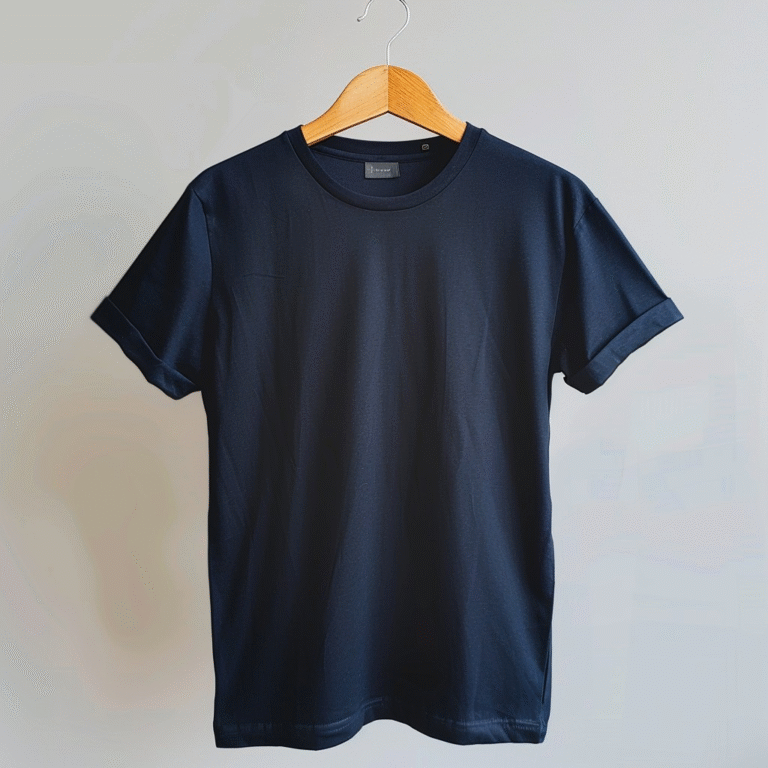Understanding the Different Types of Curtain Wall Systems
Modern architecture is all about combining strength, style, and sustainability. One of the most innovative solutions widely used in commercial and residential projects is the curtain wall system. These structures not only enhance building aesthetics but also provide functionality like energy efficiency, natural light optimization, and weather protection. If you’re exploring detailed insights into Types of curtain wall systems, you’ll discover that they vary in design and application to suit different building requirements.
What is a Curtain Wall System?
A curtain wall system is a non-structural outer covering of a building, usually made of glass, aluminum, or steel. Unlike traditional walls, curtain walls don’t bear the load of the building. Instead, they act as a protective skin, shielding interiors from environmental elements while providing a sleek and modern appearance.
Benefits of Curtain Wall Systems
- Natural Light – Maximizes daylight, reducing dependence on artificial lighting.
- Energy Efficiency – Advanced glazing helps regulate temperature and reduce energy costs.
- Aesthetic Appeal – Enhances modern architecture with sleek glass facades.
- Weather Protection – Acts as a barrier against wind, rain, and temperature changes.
Main Types of Curtain Wall Systems
Stick System Curtain Walls
In this system, components are assembled piece by piece on-site. It is cost-effective but requires skilled labor for installation.
Unitized Curtain Walls
Pre-fabricated units are manufactured in factories and installed directly onto the building structure. This method speeds up construction and ensures high precision.
Structural Glazing Systems
Here, glass is bonded to the structural framing using strong adhesives, creating a frameless and seamless glass façade look.
Pressure-Equalized Systems
These systems are designed to manage air and water infiltration, providing maximum durability in harsh climates.
Applications of Curtain Wall Systems
Curtain walls are widely used in:
- Commercial buildings – Skyscrapers, malls, and office complexes
- Residential projects – Luxury apartments and condominiums
- Public infrastructure – Airports, universities, and cultural centers
Conclusion
Curtain wall systems are redefining the future of architectural design by blending elegance with performance. Whether it’s a high-rise building or a modern residential complex, choosing the right system is essential for safety, durability, and aesthetics. For a deeper dive into the Types of curtain wall systems, MANNLEE offers expert insights into glass facades, railings, and partition solutions for modern construction.
Frequently Asked Questions (FAQs)
Q1: Are curtain wall systems energy-efficient?
A1: Yes, with advanced glazing options, curtain walls improve insulation and lower energy costs.
Q2: What is the difference between stick and unitized curtain walls?
A2: Stick systems are assembled on-site, while unitized systems are pre-fabricated and installed in modules.
Q3: Can curtain walls be used in residential projects?
A3: Absolutely, many luxury apartments and modern homes use curtain walls for aesthetics and natural light.
Q4: How do curtain walls handle weather protection?
A4: They provide a barrier against wind, rain, and temperature changes while maintaining interior comfort.
Q5: Where can I learn more about curtain wall systems?
A5: You can explore detailed resources at mannleecw.com.







